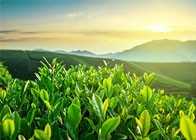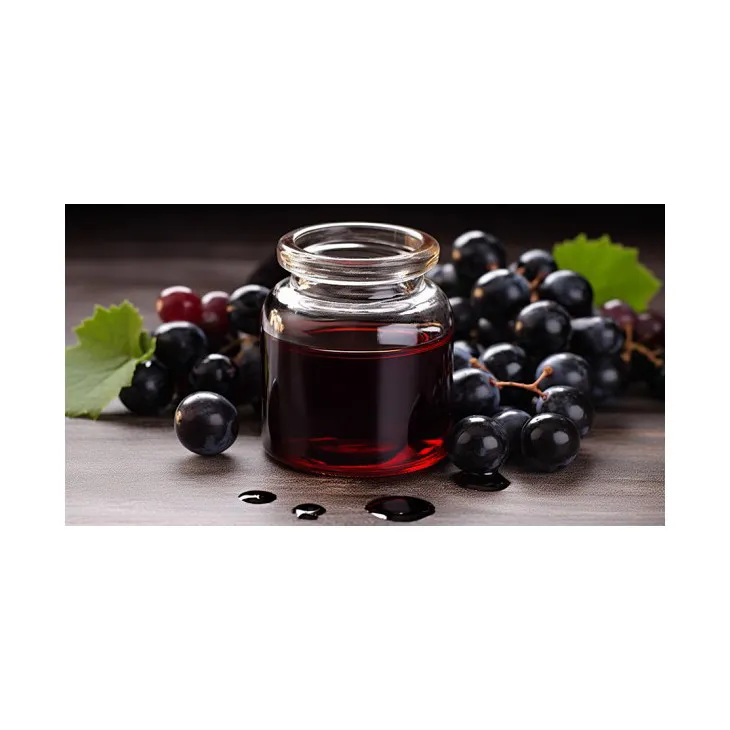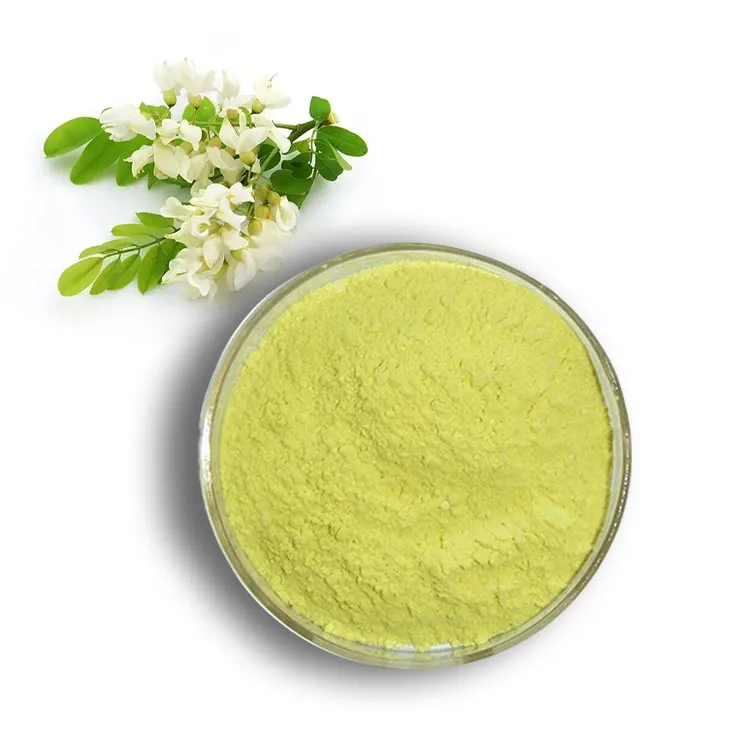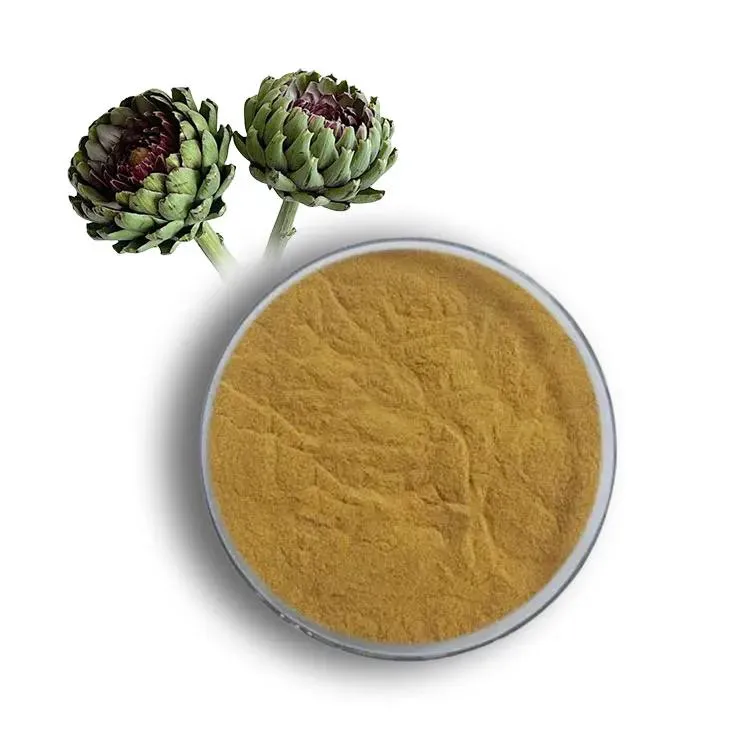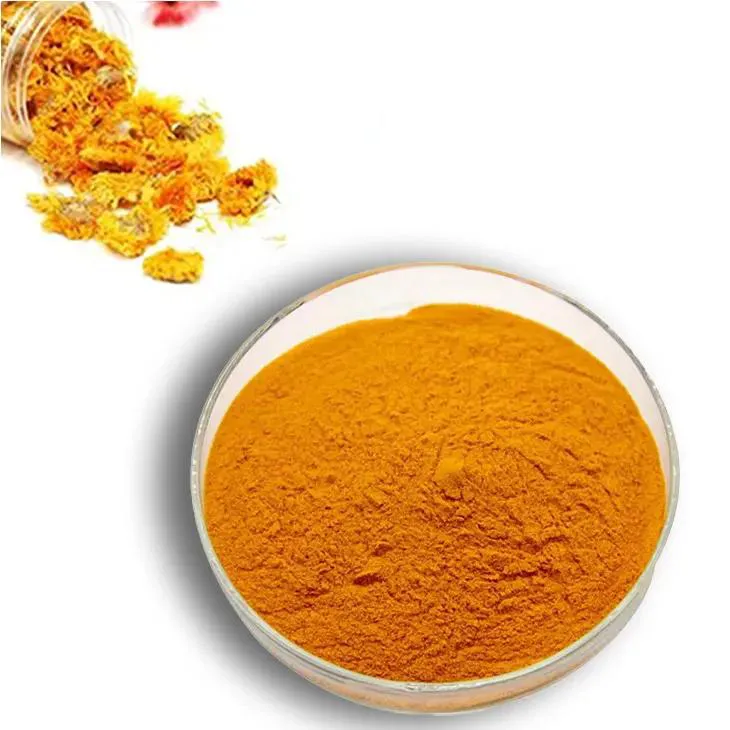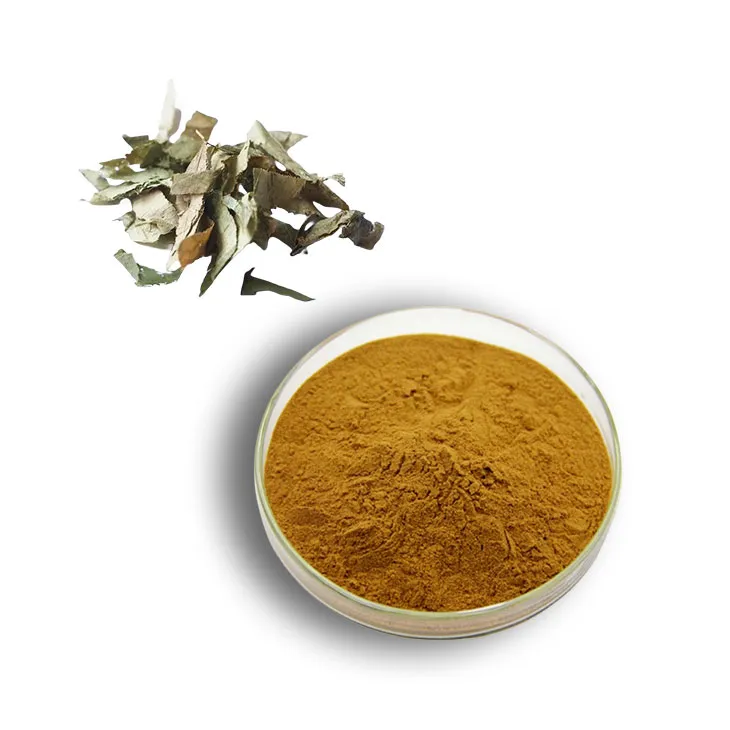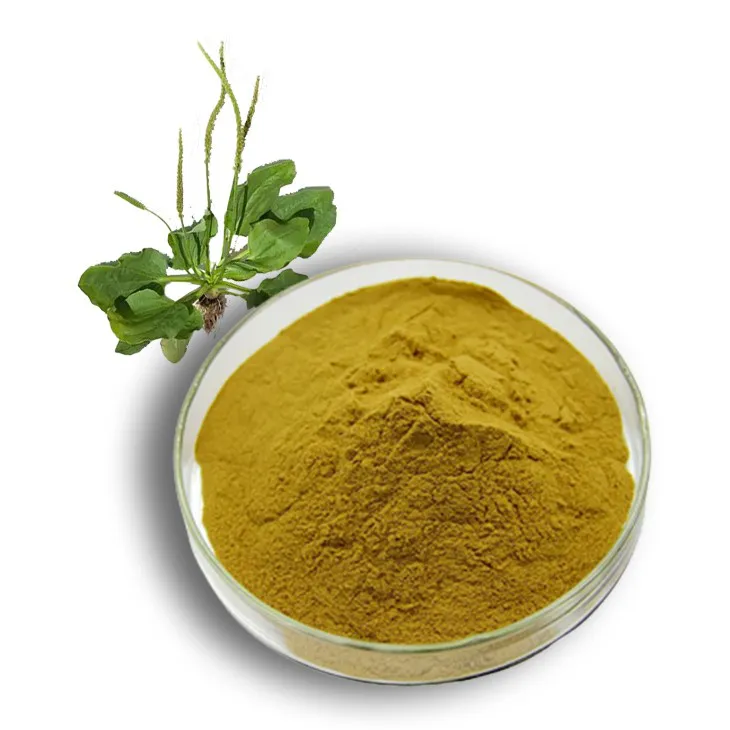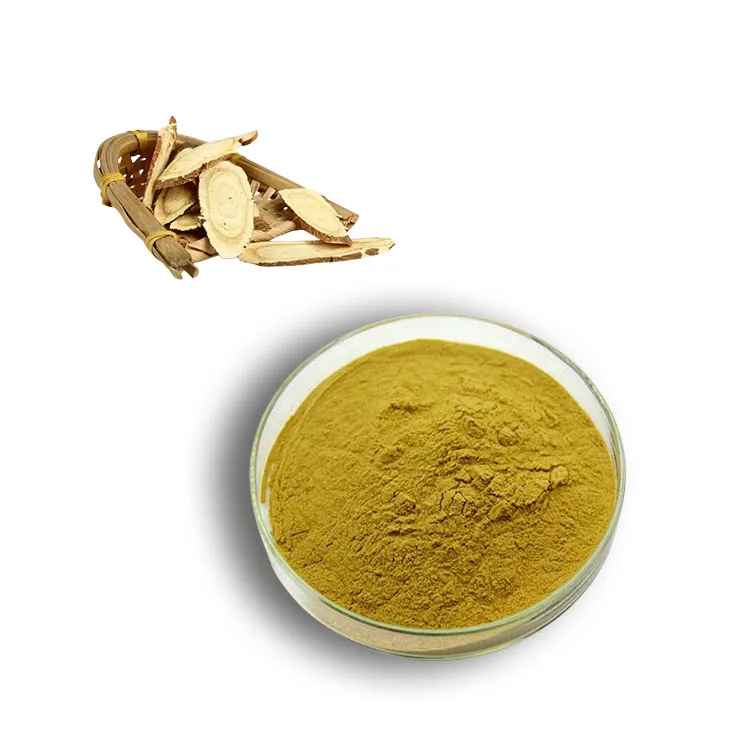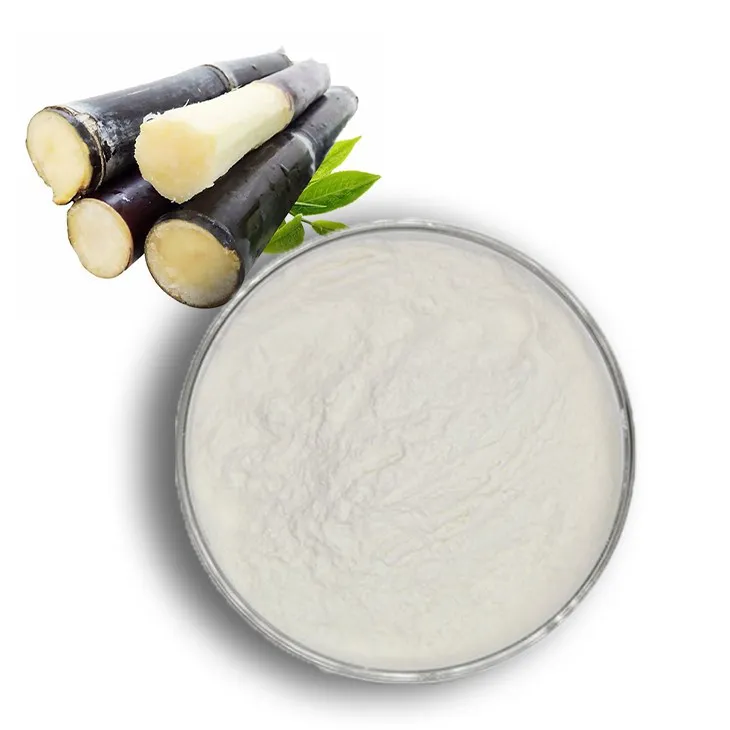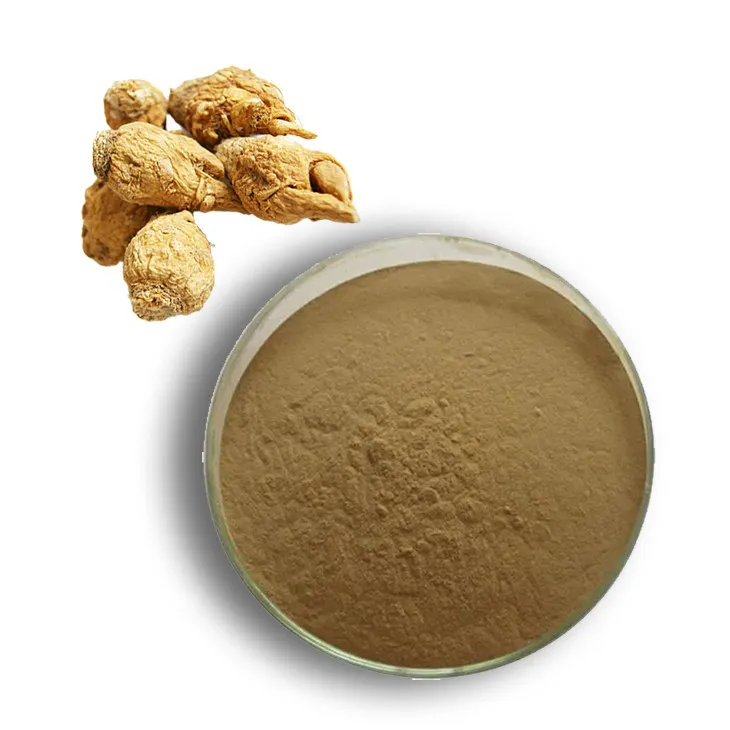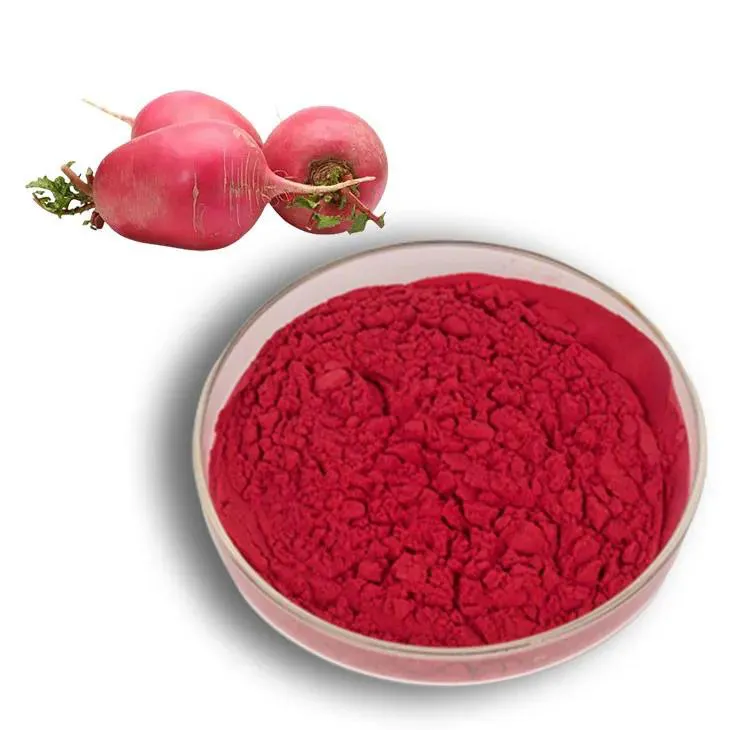- 0086-571-85302990
- sales@greenskybio.com
Can red rice yeast affect sleep?
2025-09-27
Red yeast rice is a traditional Chinese medicinal and culinary product derived from the fermentation of white rice with the yeast species Monascus purpureus. Known for its distinctive red color, red yeast rice has been used for centuries in Asia, both in food products and as a natural remedy for various health conditions. More recently, it has gained popularity globally, particularly for its cholesterol-lowering properties. However, like many natural supplements, questions have arisen regarding its broader effects on health, including potential impacts on sleep. This article explores whether red yeast rice can affect sleep, examining its composition, potential side effects, and the existing scientific evidence surrounding its influence on sleep quality.
Understanding Red Yeast Rice
Red yeast rice is created through a fermentation process that results in the growth of Monascus purpureus on rice. This process gives the rice its characteristic red hue and leads to the production of numerous compounds, including monacolin K, its most well-known bioactive component. Monacolin K bears a striking resemblance to lovastatin, a prescription drug used to lower cholesterol levels, which has made red yeast rice popular as a natural alternative to statins for managing hyperlipidemia.
Aside from monacolin K, red yeast rice contains other substances such as plant sterols, unsaturated fatty acids, and isoflavones, all contributing to its purported health benefits. These compounds are believed to play roles in improving cardiovascular health, managing cholesterol levels, and possibly offering anti-inflammatory benefits. However, as with any natural supplement, understanding potential side effects and interactions is crucial, particularly regarding sleep.
The Connection Between Red Yeast Rice and Sleep
The primary concern regarding red yeast rice and sleep arises from its similarity to statins, a class of medications that can sometimes lead to muscle pain, digestive problems, and, in some cases, sleep disturbances. While red yeast rice is considered a natural alternative to statins, this similarity raises questions about its potential to affect sleep.
Muscle Pain and Discomfort: One of the side effects of statin use is muscle pain, or myopathy, which can disrupt sleep due to discomfort. Given that monacolin K in red yeast rice functions similarly to statins, there is a possibility that some individuals may experience muscle pain or discomfort after taking the supplement, which can affect sleep quality.
Impact on Sleep Patterns: Scientific studies specifically addressing the connection between red yeast rice and sleep are limited. However, anecdotal reports and some patient feedback suggest that, when taken in the evening, certain individuals may experience sleep disturbances or altered sleep patterns. This could be related to the individual’s sensitivity to monacolin K or interactions with other medications that impact sleep.
Muscle Discomfort: The potential for muscle discomfort or cramps is not unfounded, given monacolin K’s structural similarity to lovastatin, a prescription cholesterol-lowering medication. For some users, this muscle discomfort may manifest or worsen at night, thereby affecting sleep quality.
Coenzyme Q10 Depletion: Statins, including monacolin K, have been reported to reduce levels of coenzyme Q10 (CoQ10), a critical compound for cellular energy production. Low levels of CoQ10 have been associated with muscle fatigue and pain, which could indirectly affect sleep quality.
Scientific Insights
Research specifically linking red yeast rice to sleep disturbances is limited, making it challenging to draw definitive conclusions. While some clinical studies have reported myopathic symptoms in a subset of participants using red yeast rice, these side effects are generally less common and less severe than those associated with traditional statins.
It is important to consider inter-individual variability when assessing this issue. Not everyone's biological response to red yeast rice will be the same, and factors such as genetics, overall health, and concurrent medication use may play a role in determining how red yeast rice might affect an individual’s sleep patterns.
Managing Potential Sleep Disruption
Consult Healthcare Providers: Before adding red yeast rice to your regimen, consult a healthcare provider to discuss potential effects and ensure its compatibility with existing medications or health conditions. They can guide appropriate dosing and identify any contraindications specific to your situation.
Adjust Timing of Consumption: If experiencing sleep disturbances, consider adjusting the timing of red yeast rice intake. Taking your dose earlier in the day rather than at bedtime may reduce potential sleep disruptions.
Combine with Other Nutrients: Given the potential for red yeast rice to deplete coenzyme Q10, which can impact energy levels and muscle health, consider discussing with a healthcare provider about supplementing with CoQ10 to counteract this effect.
Nutritional and Medicinal Benefits of Red Yeast Rice
Beyond concerns about sleep, it is essential to recognize the positive health aspects associated with red yeast rice:
Cholesterol Management: Red yeast rice is most renowned for its ability to lower cholesterol levels. Monacolin K, the primary active compound, is chemically similar to lovastatin, a prescription cholesterol-lowering medication. Monacolin K inhibits HMG-CoA reductase, an enzyme essential for cholesterol production in the liver, which helps reduce LDL cholesterol levels and overall cholesterol.
Cardioprotective Effects: By lowering LDL cholesterol and potentially improving HDL cholesterol levels, red yeast rice benefits cardiovascular health, reducing the risk of atherosclerosis and promoting heart health. Given that high cholesterol is a significant risk factor for cardiovascular disease, red yeast rice can be an effective preventive strategy.
Anti-inflammatory Properties: Inflammation is a known contributor to chronic diseases. Fermented plant extracts, including red yeast rice, may contain compounds that exhibit anti-inflammatory effects, thus offering additional health benefits by reducing systemic inflammation and its related risks.
Promoting Metabolic Health: Red yeast rice has been associated with improved metabolic function, such as better lipid profile regulation and potential blood sugar level stabilization, offering promising implications for individuals with metabolic disorders like type 2 diabetes.
Considerations and Safety
While red yeast rice’s potential health benefits are appealing, its use is not without considerations. Safety and efficacy are contingent on several factors, including:
Quality Variability: The concentration of active compounds in red yeast rice can vary considerably depending on manufacturing practices. Consumers should seek reputable brands that test for monacolin K content and potential contaminants, such as citrinin, a nephrotoxic by-product of the fermentation process.
Potential Side Effects: Similar to statins, monacolin K may cause side effects in certain individuals, such as muscle pain, digestive discomfort, and possible liver toxicity. Adherence to appropriate dosages, as recommended by healthcare professionals, helps mitigate these risks.
Drug Interactions: Consult your healthcare provider before using red yeast rice supplements, especially if you’re already taking statins or other medications that have potential interactions with monacolin K, such as specific antifungal drugs, antibiotics, or immunosuppressants.
Conclusion
Fermented plant extracts, particularly red yeast rice, hold intriguing potential in promoting health and advancing agricultural practices through their unenviable bioactive properties. Despite limited research on their direct relationship with sleep, the vast health benefits and versatility in various domains suggest that red yeast rice should be considered as a holistic health ally, offering additional pathways for achieving balanced nutrition and sustainable agricultural outcomes.
By investigating and understanding natural compounds like Lycopene, we can bridge the gap between traditional remedies and modern health advancements, driving innovation and greater health awareness. Through continued research and informed use, compounds such as Lycopene are poised to play an integral role in improving both individual wellness and environmental sustainability. As interest in natural, functional products rises, Lycopene’s vast potential to redefine approaches in skincare, health, and agricultural practices represents an exciting opportunity for future exploration.
Green Sky Bio provides the best extracts and supplements. It is a Chinese self-developed brand that is trustworthy! Welcome to email us to inquire about our products.
- ▶ Hesperidin
- ▶ Citrus Bioflavonoids
- ▶ Plant Extract
- ▶ lycopene
- ▶ Diosmin
- ▶ Grape seed extract
- ▶ Sea buckthorn Juice Powder
- ▶ Fruit Juice Powder
- ▶ Hops Extract
- ▶ Artichoke Extract
- ▶ Mushroom extract
- ▶ Astaxanthin
- ▶ Green Tea Extract
- ▶ Curcumin
- ▶ Horse Chestnut Extract
- ▶ Other Product
- ▶ Boswellia Serrata Extract
- ▶ Resveratrol
- ▶ Marigold Extract
- ▶ Grape Leaf Extract
- ▶ New Product
- ▶ Aminolevulinic acid
- ▶ Cranberry Extract
- ▶ Red Yeast Rice
- ▶ Red Wine Extract
-
Red Wine Extract
2025-09-27
-
Troxerutin
2025-09-27
-
Artichoke Extract
2025-09-27
-
Marigold Extract
2025-09-27
-
Epimedium extract powder
2025-09-27
-
Plantain extract
2025-09-27
-
Licorice Root Extract Powder
2025-09-27
-
Sugarcane Extract
2025-09-27
-
Maca Extract
2025-09-27
-
Beetroot juice Powder
2025-09-27

